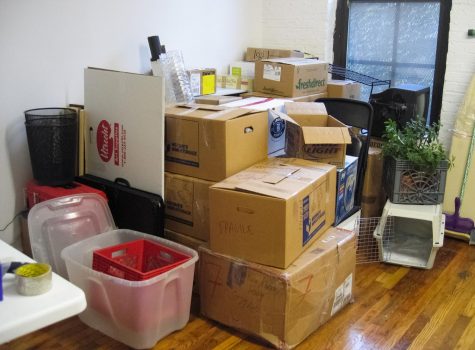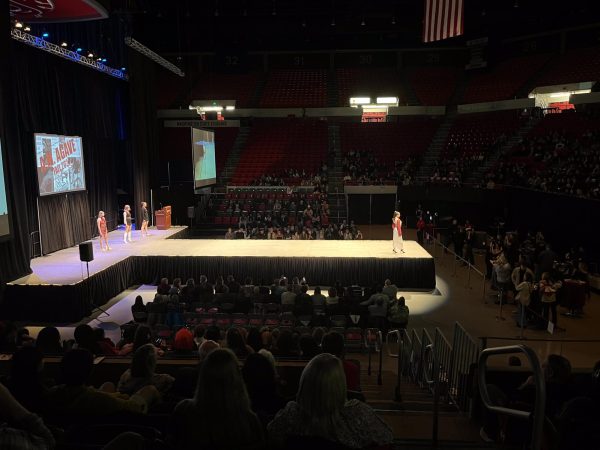WWI showcased for Dad’s Weekend
October 24, 2014
Many think of World War I as a conflict that happened on far off shores. However, a new exhibit shows the profound impact the Great War had on the Palouse.
“July 28, 100 years ago World War I started,” said Mark O’English, university archivist. “With that in mind, we wanted to look at the war’s effect on WSU and the surrounding area.
The new Manuscripts, Archives, and Special Collections exhibit focus on the effects World War I had on the Palouse area and will feature the photos and letters of people living in the Palouse area during the war.
All of the pieces were pulled from the archives on campus, O’English said.
“The love letters between a newly-wed couple are very interesting,” O’English said.
He said this collection of letters is often a favorite among visitors.
One of the points the exhibit expresses is the contributions women made to the war, O’English said.
One woman wrote 50 letters a month to men on the front in Europe, and some of the men she hardly knew, he said.
“It took three weeks for a letter to go through. There was nothing instant about the communication back then,” O’English said. “It’s amazing to think about in today’s age of technology.”
The exhibit also examines the effect of the war on WSU students.
“In the morning, male students had to train, then take all of their classes in the afternoon,” O’English said.
WSU’s involvement in the war was not limited to training students to fight. Soldiers were sent to train from all over the U.S. on campus.
“Wilson and Carpenter Hall were used as soldier barracks,” O’English said.
“And local fraternities and churches were used to care for those affected by Spanish Influenza, which resulted from the sick being kept in such close quarters.”
Amy Grey, the graphic designer in charge of creating the exhibit, created a visual theme based on the service flag that was created for Pullman residents serving in the war.
“As a designer you look for a visual hook that will connect the exhibit to the period,” Grey said. “The flag became key for me in the design.”
The service flag was a way for families of soldiers or nurses fighting to war to honor their loved ones, Grey said.
“The women of Pullman sewed a service flag in 1918 for WSU, with 700 blue stars representing the people serving in the war,” O’English said, “and 44 gold stars for the people who had died.”
O’English and Grey said they hope people will take away that World War I didn’t just affect Europe, and that it also affected people from in the Palouse.
“Over Here: World War I and the Palouse” is open from 8:30 a.m. to 4:30 p.m. Monday through Friday until Oct. 31 in the Holland Terrell Library. The exhibit will also be open for Dad’s Weekend tomorrow from 10 a.m. to 3 p.m.
Reporting by Jennifer Ladwig




















